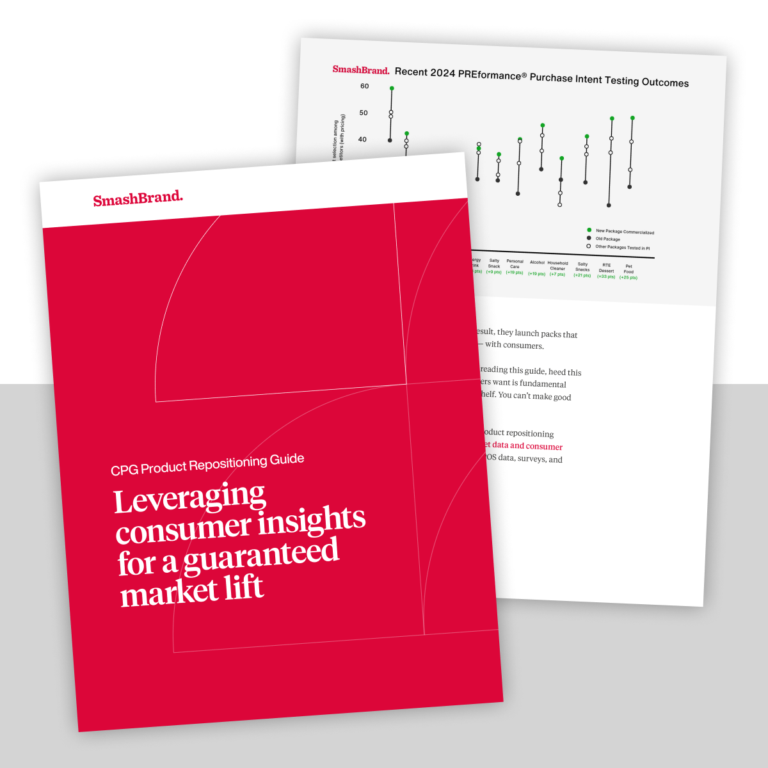If you are the type of person who loves sifting through mountains of clothing in bargain bins; who stops at every single yard sale you pass and methodically looks through piles and piles of uncategorized CDs; who rifles through the discounted DVDs in front of Blockbuster for hours on end, then you are highly unusual. You are also probably a hoarder. Seek help.
Most of us hate doing those things. We prefer to have everything laid out in a tidy and easy-to-read fashion, so that we can make our selection from a limited supply of options, make our purchase, and go home. Retailers and websites that offer only a few products or services, but offer them expertly organized and displayed, do very, very well. Customers return, numerous purchases are made, excellent reviews are posted on Yelp, and everyone is happy.
There are numerous practical benefits to embracing a simple philosophy with regard to packaging design, and here are the top ones that come to mind:
Ease of Use
Have you ever visited a website that was so thoroughly un-navigable that you just gave up? Websites with intro pages that take forever to load, huge amounts of advertising or irritating music files are likely to turn a potential customer off.
The same principles apply to product packaging. Why overburden your customers with an unnecessarily complex design? Packaging needs to be eye-catching, no doubt. However, if your unique package is an encumbrance when it comes to actually removing the product, storing the product or consuming the product, customers will complain in the form of not buying your product.
We’re not saying that every website and package must adhere to rigorous design standards (this is a democracy, after all), but try to remember how you typically shop. Are you enticed by a website with music playing, or do you immediately try to mute it or just click off? Do you bother viewing an entire intro page with animated graphics and photo slides, or do you instantly click “skip?” Does anyone like a site with tons of advertising?
Similarly, do you immediately purchase a product simply because the packaging is cool, or because the packaging is well structured and practical? If you purchase items because they are encased in a sparkly container with tons of streamers and unicorns, then you’re probably a six-year old. Adults who need to buy soldering guns want quality, not splendor.
Relatability
Certainly, no designer wants to create packaging that looks exactly like everyone else’s, that creates its own set of problems, but the reality is, if the look is unfamiliar, people will scare off. Just look at Heineken’s recent package redesign — still the same look, but with an altered bottle that now has the longer necks people are used to from other breweries. Being different can pay off big, but if you don’t have a compelling reason to be different, you may lose out.
To Choose or Not to Choose?
We all believe that variety is the spice of life, but too much spice can ruin a dish. When you give the consumer too many choices, the consumer tends to respond by not choosing anything.
Remember when televisions came in a few sizes, and you could walk into an electronics store and decide what to purchase in a single afternoon? You needed a TV and could get a reasonably sized model or a large, 28-inch family-room size. If you were a billionaire, you could get a flat screen to simulate a movie theater. That was, essentially, it. Today, we have so many options with regard to connectability, screen type, screen size and so many other features that thorough doctoral television research is involved with making a selection.
A product with a reputation for having a set amount of distinguishable options and nothing superfluous keeps consumers coming back. They know what they need, where to get it and how to get it quickly. Isn’t that what everyone wants? Apple’s customers sure do.
Ultimately, you do want to stand out from your competition. You want to produce the best product or service on the market. It certainly helps to have an instantly recognizable brand, but that comes with design quality, not complexity.
Data-Driven Brand Development
Want a best-selling brand? SmashBrand is a brand development agency for FMCG and CPG companies. From brand strategy to packaging design testing, our Path To Performance™ process guarantees a retail performance lift. Book a time to discuss your project with our team.
Subscribe to
Nice Package.
A monthly newsletter that unpacks a critical topic in the FMCG & CPG industry.
Free Resource.

CPG product repositioning guide.
Explore the five undeniable signs your CPG product needs repositioning along with strategies for leveraging consumer insights for a guaranteed market lift.
Learn More About CPG product repositioning guide.